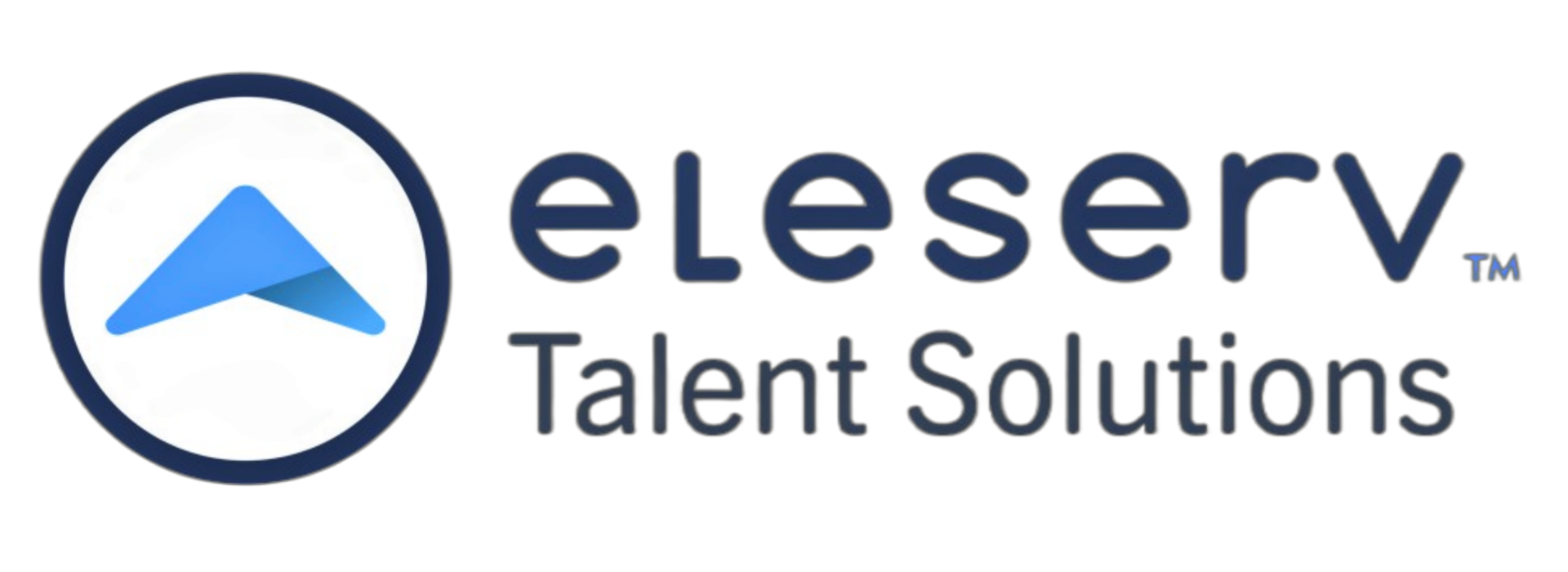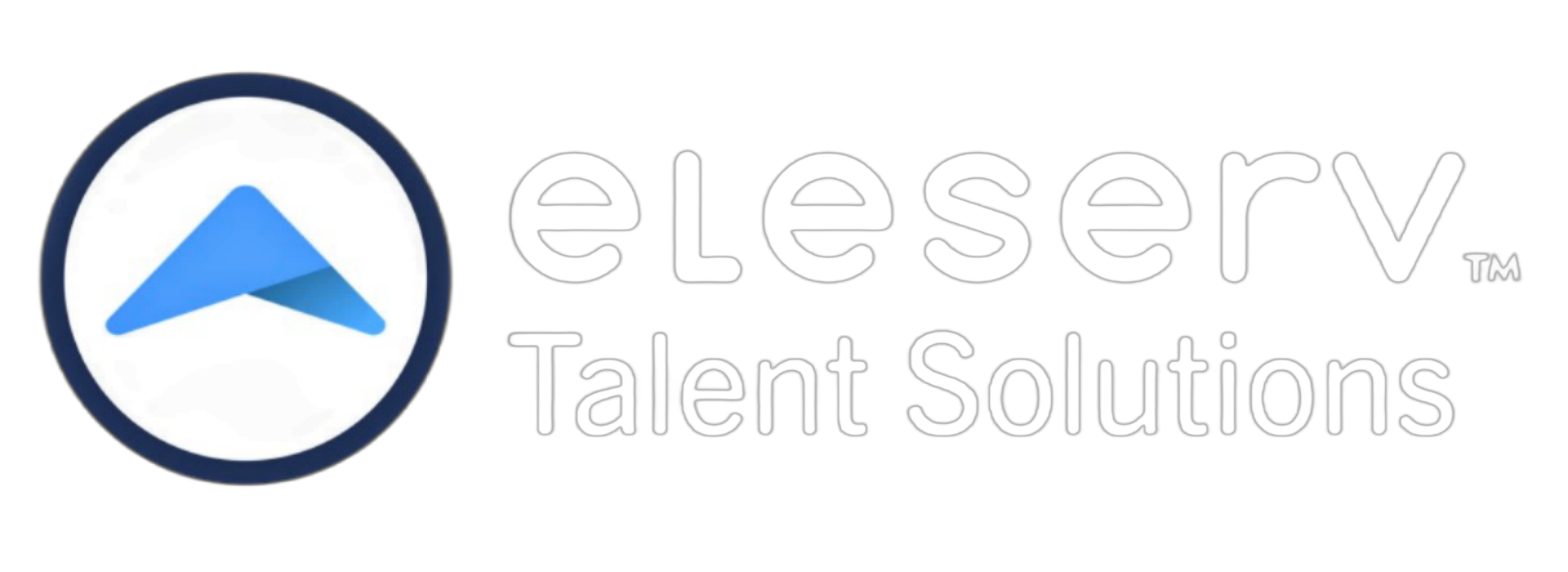Traveling the Roadmap to Success: The Skills Taxonomy
When you are transforming your organization into a Skills-Based workplace, the first step is building a solid foundation. That foundation is the skills taxonomy, also known as a competency framework or Skills Map. The Skills Taxonomy is a system that organizes and categorizes the skills and knowledge required for different roles within an organization. It serves as a reference guide for employees to understand skills they need to excel in their current role and those they may need to develop for future career growth.
Why Is It Crucial to Create a Skills Taxonomy for your Organization?
There are several reasons to build a skills taxonomy:
- Identify Skill Gaps: A comprehensive skills taxonomy allows organizations to identify any gaps in employee skill sets. This helps plan training programs and development initiatives to bridge these gaps.
- Streamline Recruitment: A skills taxonomy can also be used as a reference guide for hiring managers to understand the required skills for different toles. This streamlines the recruitment process and ensures that candidates with the right skill sets are chosen.
- Promote Career Development: With a clear understanding of the skills needed for each role, employees cab work towards developing those skills and advancing their careers within the organization.
- Align Business Goals: A Skills Taxonomy helps align employees' skills with business goal and objectives, ensuring that they have the necessary capabilities to contribute to organizational success.
What are the benefits of having a well-developed Skills Taxonomy?
Having a well-developed Skills Taxonomy offers numerous benefits to an organization:
- Improved Workforce Planning: With a clear understanding of the skills required for each tole, organizations can better plan for future growth and succession planning.
- Enhanced Performance Management: A Skills Taxonomy provides a framework for evaluating employee performance based on skills they possess. It allows for more targeted feedback and development plans.
- Better training and Development Programs: A skills taxonomy serves as a roadmap to Identify and prioritize training needs, ensuring that employees receive relevant and effective development opportunities.
- Increased Employee Engagement: Employees feel valued when their organization invests in their career development. This leads to increased engagement, motivation, and retention rates.
How Do you Create a Skills Taxonomy?
When you begin creating a skill taxonomy, it may seem like a very big task, but it can be broken down into then following easy steps:
- Identify Job Roles: Start by identifying all job roles within your organization and grouping them into categories based on similarities in skills and responsibilities.
- Define Skills for Each Role: Next, determine the essential skills and knowledge required for reach role. Consult with subject matter experts and use job descriptions as a reference.
- Categorize Skills: Organize the identified skills into categories such as technical, soft, leadership, etc., to make it easier to navigate.
- Determine Skill Levels: Assign levels of proficiency or mastery for for each skill differentiate between entry-level and advanced requirements.
- Create a Visual Representation: Use a Visual Representation, such as a skills map, to display the skills and their corresponding levels for each role. [Skills Map Template]
- Regularly Review and Update: A skills taxonomy is not a one-time project. It should be regularly reviewed and updated to reflect changes in job roles, business goals, and industry trends.
It is Not All Roses and Sunshine
While having a skills taxonomy can be extremely beneficial to an organization, just like any new process, there can be challenges in implementing and maintaining. Some of the most common hurdles organizations may face are:
- Lack of Consistency: Inconsistencies in skill levels and definitions across job roles can lead to confusion and hinder the effectiveness of the taxonomy.
- Difficulty in Obtaining Buy-In: Successfully implementing a skills taxonomy requires buy-in from all stakeholders, including leadership, managers, and employees. Resistance or lack of support can make it challenging to develop and maintain a skills taxonomy.
- Keeping Up with Changing Skills: Job roles and required skills can change overnight in today's current business environment. Organizations may struggle to keep up with these changes and update their skills taxonomy accordingly.
To overcome these challenges, organizations can consider the following tips:
- Clearly Define Skill Levels: In order to ensure consistency, it is essential for your definitions for each skill level to be clear. This will minimize confusion and help employees accurately evaluate their skill set.
- Communicate the Purpose: It is crucial to communicate the benefits of having skills taxonomy to all stake holders. Explaining how it aligns with organizational goals, supports employee development, and what it does for them can help obtaining buy-in.
- Regularly Review and Update: A skills taxonomy is not a one-of-a-kind project. Organizations should regularly review and update it to ensure its relevance and effectiveness. This can be done through regular feedback from employees and managers.
Creating a skills taxonomy can benefit an organization by providing a clear understanding of the required skills, promoting career development, and aligning employees with business goals. By following the steps outlined above, organizations can develop an effective skills taxonomy that serves as a valuable resource for both employees and managers. Lastly, remember that skills taxonomy is noy set in stone and can be adapted as needed. As the market evolves and new technologies emerge, job roles and requires skill sets may change. Therefore, it is crucial to regularly review and update the skills taxonomy to ensure its relevance and effectiveness. It is essential for every organization yo invest time and resources into creating and maintaining a robust skills taxonomy that supports their workforce's growth and development.
Do you have a Skills Taxonomy? Need help getting started? At Eleserv Talent Solutions, we are skills experts and love to help organizations get better at defining and validating skills. Contact Us Today!


